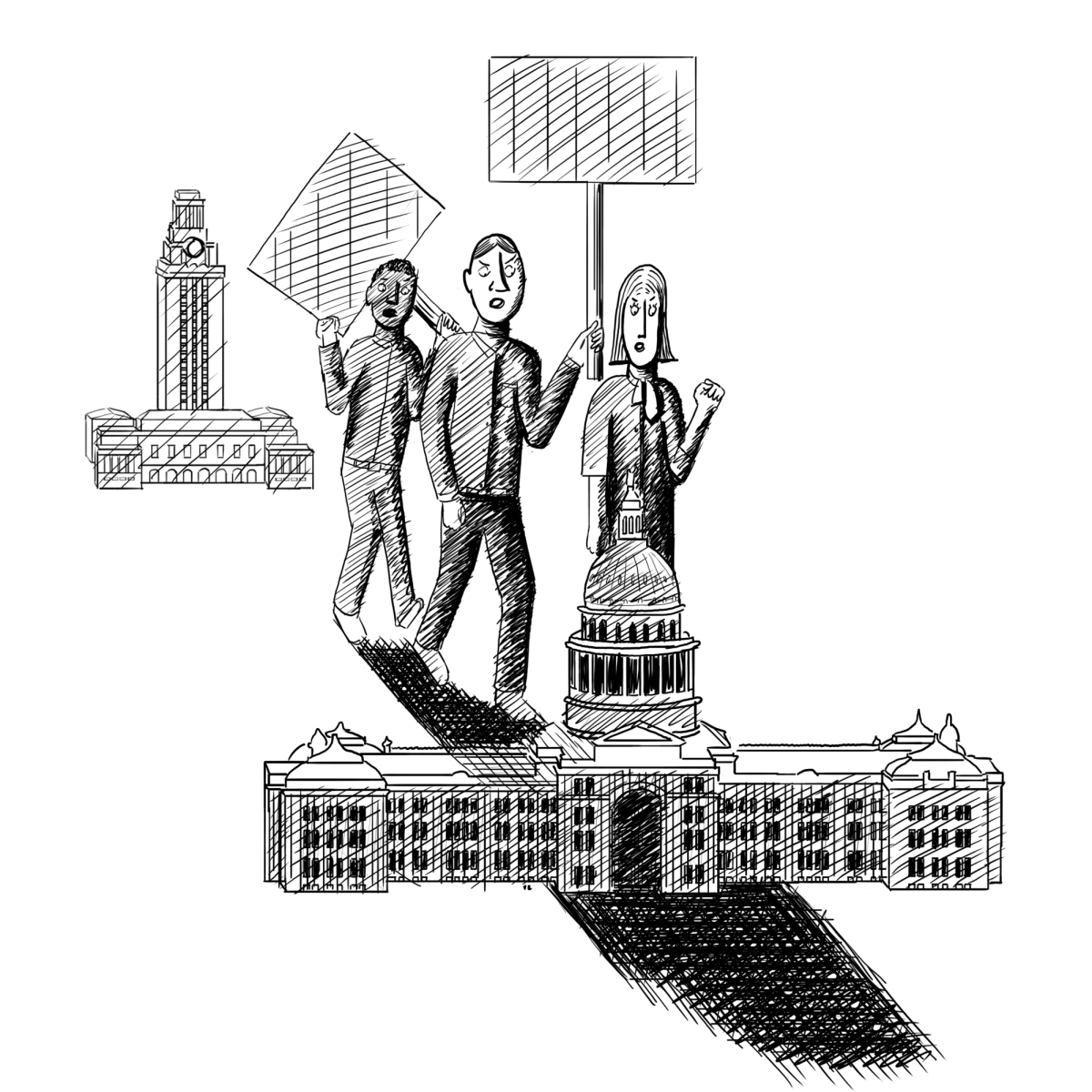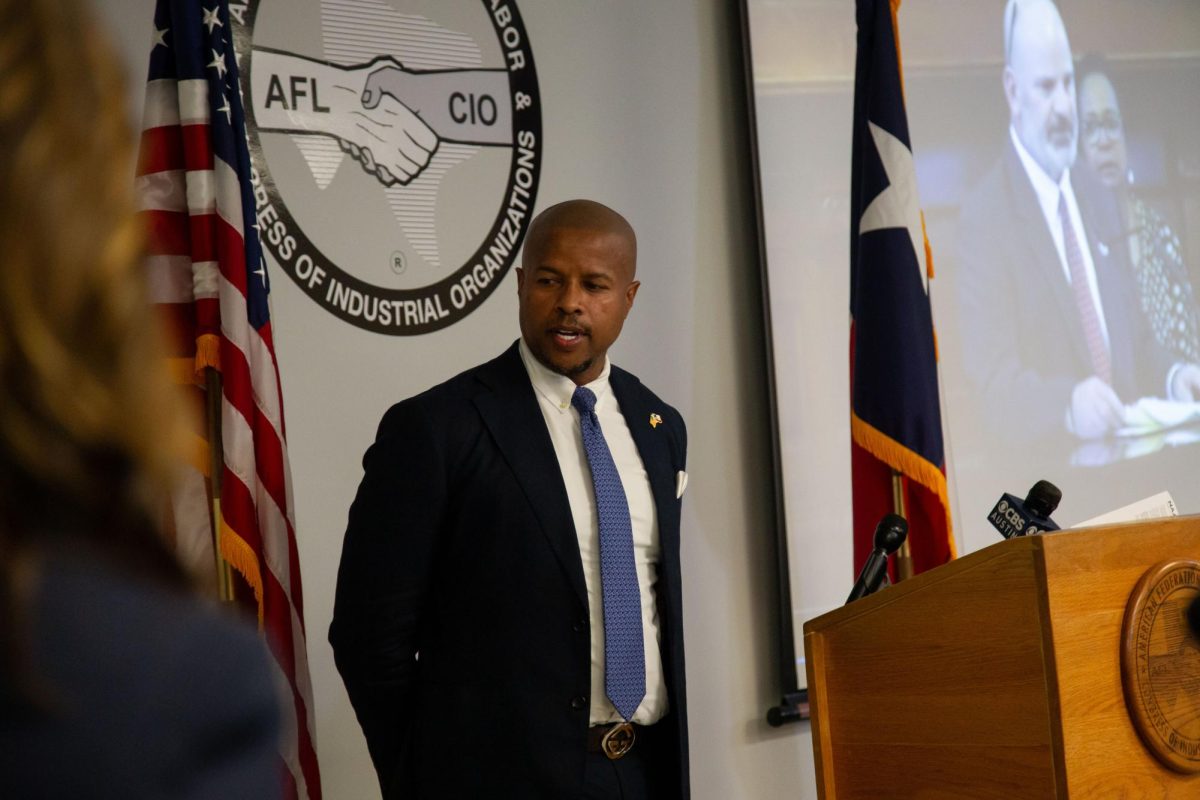Between gun control debates and President Barack Obama’s State of the Union Address, 3-D printing has become a topic of interest in mainstream conversation, but UT students may find the concept hits closer to campus than they think.
When mechanical engineering professor Joe Beaman was asked how much time he spends in UT’s Laboratory for Freeform Fabrication, he laughed.
“Not as much as I used to,” Beaman said.
In 1985, Beaman began co-developing the concept of solid freeform fabrication, which is what many people are coming to know as 3-D printing. After its inception, the manufacturing technique received decreasing amounts of media attention until Defense Distributed, a group founded by UT law student Cody Wilson, began publicizing their plans to create mainstream software designs for printable gun components in 2012. Congress has since taken up the idea of banning the process on varying levels, from simply printing gun components to commercially printing products at all.
Since its development, the process has gained popularity in a wide variety of industries including aerospace, consumer goods and biomedical engineering, all the while reducing costs and manpower for creating product parts.
Beaman worked on developing selective laser sintering three decades ago with his student at the time, mechanical engineering alumnus Carl Deckard, to whom the patent for selective sintering is accredited.
Laser sintering is based on two concepts: the ability of a laser to carry information and the ability to arrange 3-D pixels in any form. The 3-D pixels are called voxels, which is short for volume pixels.
“What a laser does is it has energy, which everyone thinks about, but it actually has information because you can point it, and so that’s really what made this technology possible,” Beaman said. “What we wanted to have is a process where you can literally just spit down voxels, or little material elements, and build it up.”
The material for models created by selective sintering is initially in powder form, which is layered from bottom to top and fused together by the laser. Beaman said approximately 80 percent of commercial parts created by this method are made of nylon. It took two years to make the technique functional, he said.
“[Carl] had a Commodore 64 [computer], and we had found an XY table to spread this powder out, and we had found a laser that someone was using for some other purpose, so we just tried it and sort of were able to make a box in a box,” Beaman said. “Now how else would you make a box that’s inside a box? It didn’t look very box-like, but it was close enough.”
While the technology has taken off commercially, the idea that the public could start printing weapon components has little merit, Beaman said, because of the high costs and more intricate processes it takes to manufacture usable parts. He said the differences between 3-D printing and true additive manufacturing lie in both the accuracy and strength of the materials and the design.
“Think of [3-D printing] as low-accuracy and low-strength,” Beaman said. “It’s not going to make parts. Additive manufacturing is having all the strong parts and all the accurate parts. This is the hard part, and this is when it gets expensive. And that’s what you would have to do to make any kind of weapon, for example, which we’re not really interested in doing anyway.”
While debates about gun control and the question of protecting intellectual property continue to circulate around the idea of freeform fabrication, Beaman said it is no different from when other technologies have been introduced into the mainstream.
“It’s an interesting conversation and an extremely important policy question,” Beaman said. “I’m not saying there are no problems, because there are definitely problems. But it can bring up a lot of opportunities too. A lot of people really did not like the light bulb.”
Published on February 18, 2013 as "3-D printing debate".




















